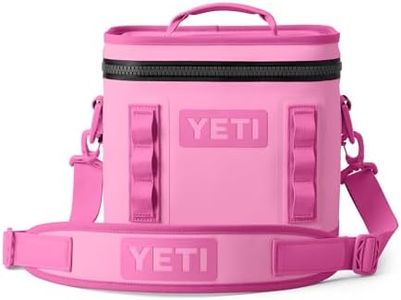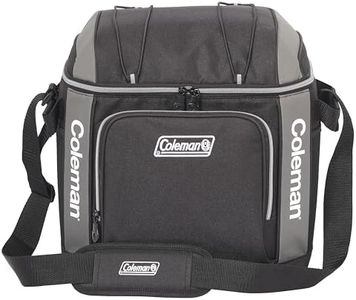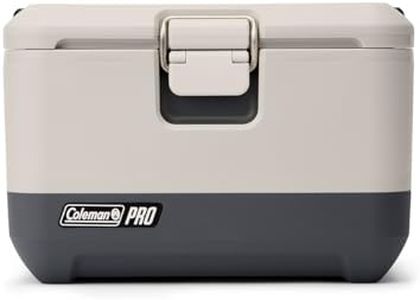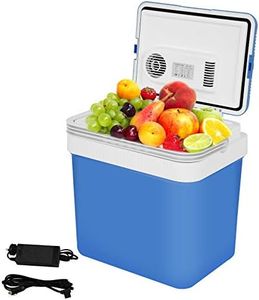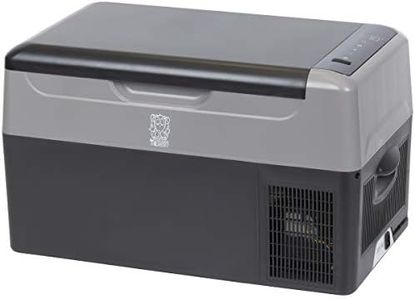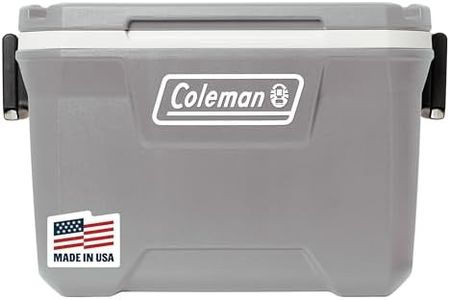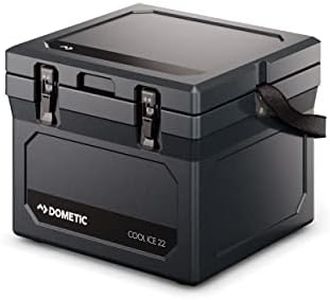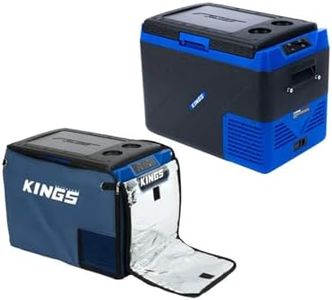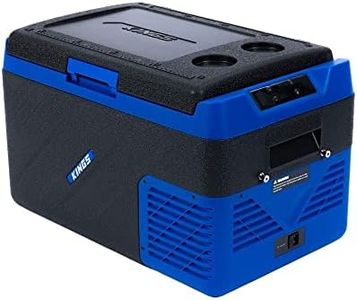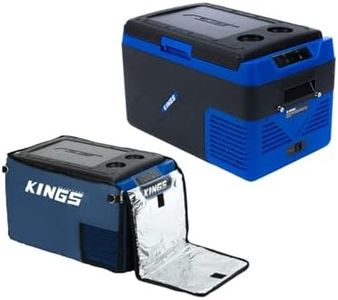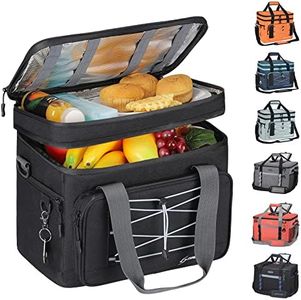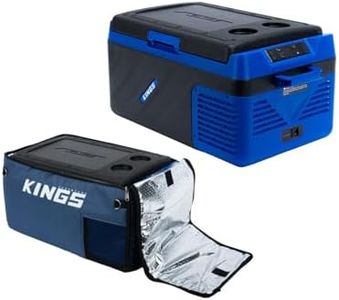We Use CookiesWe use cookies to enhance the security, performance,
functionality and for analytical and promotional activities. By continuing to browse this site you
are agreeing to our privacy policy
10 Best Car Coolers
From leading brands and best sellers available on the web.Buying Guide for the Best Car Coolers
Choosing a car cooler is all about matching your travel habits and cooling needs with the right features. Car coolers allow you to keep drinks, snacks, and even meals at a safe and enjoyable temperature while on the road, whether you’re commuting, going on picnic trips, or embarking on long road journeys. The best car cooler for you will be one that fits your storage needs, climate expectations, and compatibility with your vehicle. Consider what types of trips you take most often and how much space you have in your car, as well as how much convenience and reliability you require from your car cooler.Capacity (Size)Capacity refers to how much food and drink a cooler can hold. It's typically measured in liters or quarts, and this spec is crucial because an overfilled or oversized cooler can be inconvenient. Smaller capacities (under 15 liters) are good for solo trips or short outings where just a few items are needed cool. Medium capacities (15-30 liters) suit couples or small groups, fitting enough refreshments for day trips. Larger coolers (over 30 liters) are better for families, group outings, or longer trips. To decide, think about how many people you’re usually traveling with and whether you'll use it for occasional snacks or for full meals.
Cooling MethodCar coolers generally use either thermoelectric cooling, compressor refrigeration, or absorption (sometimes called passive coolers use ice or gel packs). Thermoelectric coolers are lighter, quieter, and suitable for keeping food cool for several hours but may struggle in extremely hot conditions; they're ideal for shorter trips and snacks. Compressor models function like mini-fridges and can even freeze items, performing well in any weather and on longer trips, though they are heavier and pricier. Absorption or passive coolers don’t need power, but rely on ice packs and are only good for short-term cooling. Consider if you want plug-in convenience or just an ice chest style, and how long you need to keep items cold.
Power SourceThis spec tells you how the cooler is powered—most plug into your car’s 12V outlet (the cigarette lighter port), some work with 24V sockets, and a few also include an AC adapter for home use. Make sure the cooler you choose is compatible with your vehicle, especially if you rely on it for long travel times. If you want flexibility for using at campsites or indoors, check if it works with both DC (car) and AC (home) outlets. Those only planning to use it during car journeys can focus on 12V compatibility.
Temperature RangeThis tells you how cold (or sometimes even warm) the cooler can get. A wider temperature range is important if you want to keep foods truly cold or even frozen, rather than just cool. Basic thermoelectric coolers often cool contents 20°C below ambient temperature, so they’re less effective in very hot weather. Compressor coolers can achieve much lower (and even freezing) temps. Think about whether you’re storing milk, medicine, or perishables (requiring more precise cooling), or just keeping drinks cool on moderate days (when a modest range is fine).
Portability (Weight and Handles)Portability means how easy it is to move the cooler around. This includes weight (both empty and full) and features like handles or wheels. Lighter coolers with sturdy handles are best if you’ll be lifting it in and out of the car often, while wheels are helpful for larger models. Choose something manageable considering who will carry it, how much space you have, and whether you’ll use it outside the car.
Insulation QualityInsulation determines how long the cooler can maintain its temperature. High-quality insulation keeps contents cold (or frozen) for a longer time, especially during power interruptions. Good insulation is key for long journeys, hot climates, or if the cooler will be opened frequently. Cheaper models may have thinner walls and lose chill quickly. If you’ll use the cooler for more than a couple of hours or in warm cars, prioritize insulation quality.

